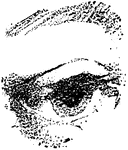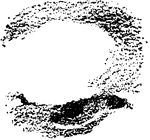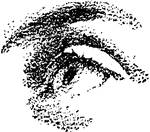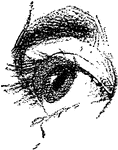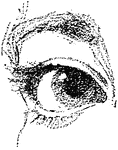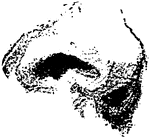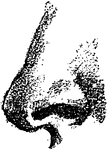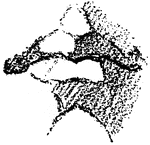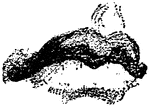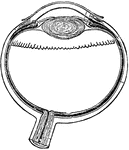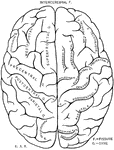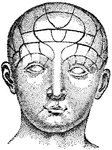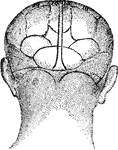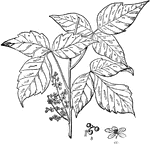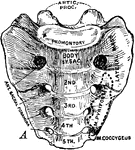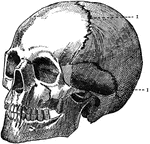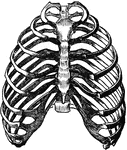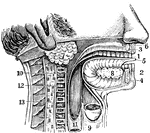
Mouth and Neck
The mouth and neck laid open. 1: The teeth. 3 and 4: Upper and lower jaws. 5: The tongue. 7: Parotid…
Oats
A genus of grasses including about sixty species, valuable alike for the production of hay and for their…
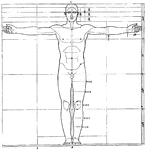
Proportions of human figure
"The proportions of the human figure. As handed down to us by Vitruvius and described by Joseph Bonomi."…

Relief of Trajan Column
"The column was originally surmounted by a colossal statue of Trajan (replaced in the seventh century…
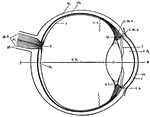
Human Eye
This diagram shows a side view of the right eye of man. a.c., central artery; a.h., aqueous humor; b.,…

Muscles
A frontal view of the human muscles. The right half shows superficial muscles and the left half shows…
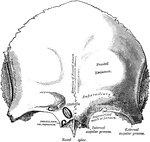
Frontal Bone
A bone in the human skull that consists of two portions, a vertical portion and a horizontal portion.…
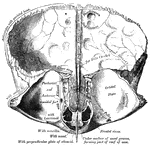
Frontal Bone
A bone in the human skull that consists of two portions, a vertical portion and a horizontal portion.…

Blood Corpuscles
"Blood corpuscles (human). c, colored; l, leucocytes. The red cells tend to collect in rows with the…
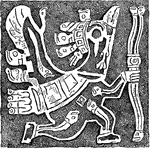
Bas-Relief
Winged human figure with the crowned head of a condor, from the central row on the monolithic doorway.…
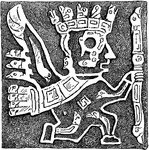
Bas-Relief
A winged human figure with human head crowned, from the upper row on the monolithic doorway. Details…
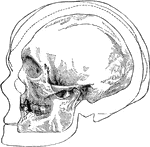
Skull
The outer outline is that of the skull found in the cave of Cromagnon, in France, belogning, as Dawson…
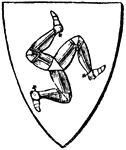
Charge
Human legs are not unfrequently born as charges in Heraldry, sometimes naked, sometimes booted, and…

Magnified Louse
"A genus of insects, the type of a very numerous family, which forms the order Parasita or Auoplura.…
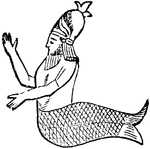
Oannes
"The name of a Babylonian god, who, in the first year of the foundation of Babylon, is said to have…
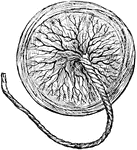
Human Placenta
The organ of attachment of a vertebrate embryo or fetus to the wall of the uterus or womb of the female.
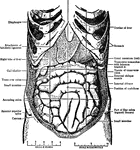
Abdomen
"The Abdominal Viscera in situ, as seen when the abdomin is laid open and the great omentum…
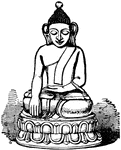
Buddha
"The sacred name of the founder of Buddhism, an Indian sage who appears to have lived in the 5th century…

Earring
"The earring is an exquisite illustration of Greek skill in the introduction of the human figure; the…
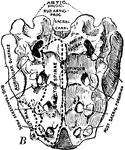
Human Sacrum
A large triangular bone as the base of the spine. Resides in between the two hip bones.
Upper Extremity
The upper extremity of the human body. 1: Clavicle; 2: Scapula; 3: Humerus; 4: Ulna; 5: Radius; 6: Carpus;…
